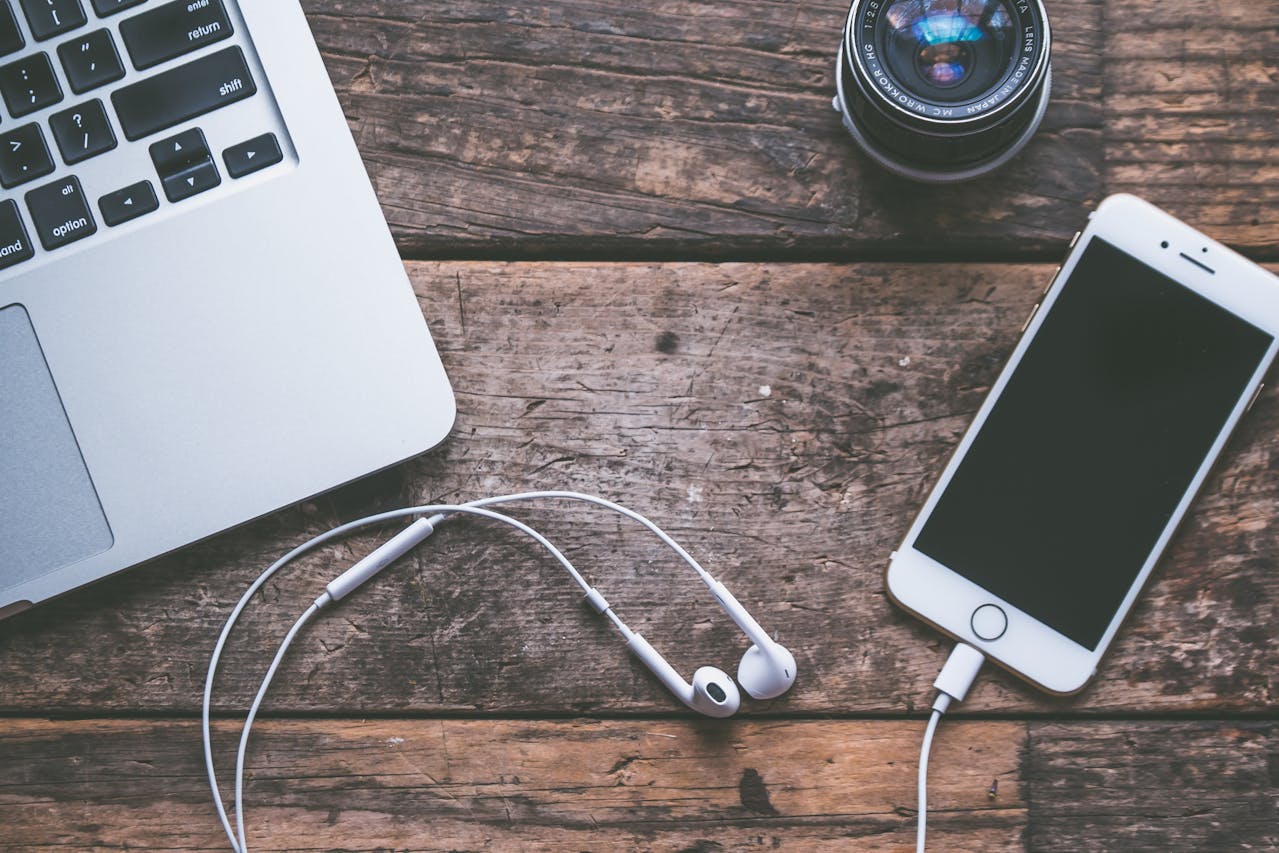In an age where digital distractions are endless, digital minimalism has emerged as a powerful philosophy to help individuals regain control over their time, attention, and mental wellbeing. Coined by computer science professor Cal Newport in his book Digital Minimalism: Choosing a Focused Life in a Noisy World, this practice advocates for a more intentional and selective approach to technology use.
The average person spends over 4 hours daily on their smartphone, with endless scrolling, notifications, and multitasking eroding productivity and increasing stress. Digital minimalism isn’t about abandoning technology altogether—it’s about using it with purpose rather than letting it control your life.
In this comprehensive guide, we’ll explore:
- What digital minimalism really means
- The psychological and productivity benefits of reducing digital clutter
- A step-by-step plan to implement digital minimalism
- Tools and strategies to maintain a minimalist digital lifestyle
- Real-life success stories and expert insights
By the end, you’ll have a clear roadmap to reduce digital noise, improve focus, and reclaim your mental space.

- WHAT IS DIGITAL MINIMALISM ?
1. WHAT IS DIGITAL MINIMALISM?
Digital minimalism is a philosophy of technology use where you intentionally limit digital tools that you use to only those that add significant value to your life—and eliminate the rest.
Key principles include:
- Intentionality – Using technology with a clear purpose, not out of habit.
- Optimization – Choosing the best tools for your needs, not just the most popular ones.
- Mindfulness – Being aware of how tech affects your mood, focus, and relationships.
Unlike a simple “digital detox,” digital minimalism is a long-term lifestyle shift—not just a temporary break.
The Problem with Digital Clutter
- Attention Fragmentation – Constant notifications disrupt deep work.
- Comparison & Anxiety – Social media fuels FOMO (Fear of Missing Out).
- Time Drain – Mindless scrolling replaces meaningful activities.
- Reduced Creativity – Overstimulation stifles original thinking.
2. THE SCIENCE BEHIND DIGITAL MINIMALISM
How Excessive Screen Time Affects the Brain
- Dopamine Addiction – social media and apps are designed to trigger compulsive use.
- Reduced Attention Span – The average attention span has dropped from 12 seconds in 2000 to just 8 seconds today (Microsoft study).
- Increased Stress – Constant connectivity raises cortisol levels.
Benefits of Digital Minimalism
- Improved Focus & Productivity – Fewer distractions mean deeper work.
- Better Mental Health – Less comparison, more presence.
- Stronger Relationships – More face-to-face interactions.
- Increased Creativity – Boredom sparks innovation.
- More Free Time – Reclaim hours lost to mindless scrolling.
3. STEPBYSTEP GUIDE TO PRACTICING DIGITAL MINIMALISM
Step 1: Conduct a Digital Audit
- Track your digital habits for 37 days using apps like:
- Screen Time (iOS)
- Digital Wellbeing (Android)
- Rescue Time (Desktop)
Ask yourself:
- Which apps do I use most?
- Do they add value or just waste time?
- How do I feel after using them?
Step 2: Declutter Your Digital Life
- Uninstall Unnecessary Apps – Keep only essentials (e.g., delete social media or games).
- Turn Off Nonessential Notifications – Only allow calls, messages, and critical alerts.
- Organize Your Phone – Use folders like “Tools,” “Communication,” and “Entertainment.”
- Unsubscribe & Unfollow – Clean up emails, newsletters, and social media feeds.
Step 3: Set Boundaries & Rules
- Designate Tech Free Zones – No phones in the bedroom or at meals.
- Schedule “Deep Work” Blocks – 24 hours daily without distractions.
- Implement a “No Phone” Morning Routine – Start your day without screens.
- Use the 30Day Digital Declutter (Cal Newport’s Method) – Take a break from optional tech, then reintroduce only what truly matters.
Step 4: Replace Digital Habits with Real-life Alternatives
- Instead of scrolling:
- Read a book
- Engage in a hobby (drawing, cooking, music)
- Take a walk (without your phone)
- Have meaningful conversations
Step 5: Optimize Your Tech for Minimalism
- Use Grayscale Mode – Makes screens less stimulating.
- Try a Dumbphone – For those needing extreme reduction.
- Use Focus Apps – Forest, Freedom, or Cold Turkey to block distractions.
4. Maintaining Digital Minimalism Long-term
Common Challenges & Solutions
- “I feel anxious without constant updates.” → Schedule specific times for checking news/social media.
- “Work requires me to be always online.” → Set clear communication boundaries (e.g., “I check emails at 10 AM and 4 PM”).
- “I relapse into old habits.” → Use accountability partners or habit tracking apps.
Monthly Digital Check Ins
Every month, reassess:
- Are my digital habits aligned with my goals?
- What new distractions have crept in?
- How can I optimize further?
Conclusion: Reclaim Your Attention
Digital minimalism isn’t about deprivation—it’s about freedom. By cutting out digital noise, you make space for what truly matters: deep work, creativity, relationships, and personal growth.
Your Action Plan:
1. Audit your digital habits.
2. Declutter unnecessary apps and notifications.
3. Set boundaries (tech free zones, scheduled checks).
4. Replace scrolling with meaningful activities.
5. Optimize your tech for focus.
The result? More time, less stress, and a sharper mind.
Are you ready to embrace digital minimalism? Start today—one small step at a time.
If you found this content very helpful, please like, share and subscribe.



